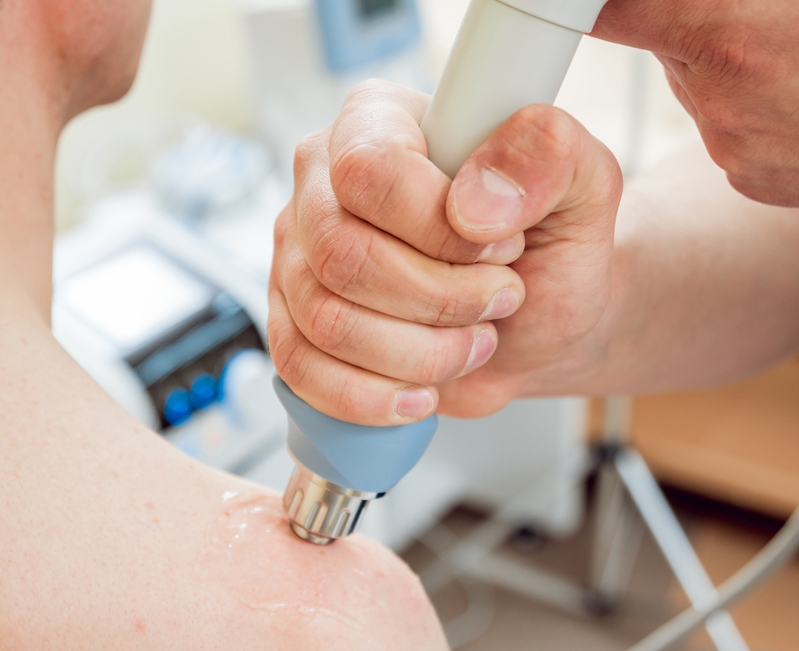Peripheral Neuropathy Beyond Numbness: Axonal Restoration and Functional Reversal Through a Neuroregenerative Approach
The neurofunctional model recognizes that damaged nerves influence not only localized sensation but also global movement patterns, autonomic balance, emotional regulation, and quality of life. Therapeutic success depends on restoring communication between the periphery and the brain, retraining lost circuits, and reversing maladaptive responses that contribute to chronicity.
🧠 The Neurobiology of Neuropathy: From Axonal Damage to Central Dysfunction
Peripheral nerves rely on:
- Myelin integrity and ion channel regulation for rapid signal transmission
- Bidirectional axoplasmic transport for nutrient delivery and neurotrophic support
- Mitochondrial energy supply to maintain electrophysiological stability
- Neuroimmune-endocrine coordination to regulate inflammation and repair
Disruption of these systems—whether from diabetes, chemotherapy, mechanical entrapment, or trauma—initiates a cascade that results in axonal degeneration, loss of saltatory conduction, neurogenic inflammation, and ultimately central sensitization. This not only lowers pain thresholds but also disrupts motor reflexes and cortical representation.
🔬 Clinical Phenotyping of Neuropathy: From Symptoms to Structure
Clinical phenotyping is essential for precise diagnosis and targeted intervention:
- Pure Sensory Phenotype: Characterized by numbness, tingling, and reduced vibratory or temperature sensation; frequently linked to small fiber degeneration and early diabetic neuropathy.
- Mixed Sensorimotor Phenotype: Includes muscle weakness, gait instability, and motor incoordination. Often observed in compressive syndromes (e.g., radiculopathies) or toxic neuropathies.
- Hyperalgesic/Painful Phenotype: Marked by burning pain, allodynia, and hypersensitivity, often with central sensitization and dysfunction of descending pain inhibition systems.
A fourth, often overlooked, autonomic phenotype may involve blood pressure dysregulation, gastrointestinal symptoms, or thermoregulatory changes, indicating systemic nerve involvement.
💊 The Limits of Conventional Pharmacology
Pharmacologic treatments like tricyclic antidepressants, gabapentinoids, and serotonin-norepinephrine reuptake inhibitors aim to suppress symptoms but offer no regenerative capacity. While they may be useful in acute stages or flare-ups, chronic use is associated with:
- Sedation and cognitive fog
- Dependency and tolerance
- Limited efficacy over time
- No reversal of nerve damage or restoration of function
Furthermore, reliance on pharmacology alone often delays more effective regenerative interventions.
🧩 Integrative Clinical Model: Neuroregeneration + Functional Reprogramming
Our protocol begins with a complete neurofunctional diagnosis:
- Nerve conduction studies (NCS) and electromyography (EMG) to assess nerve velocity and muscle response
- Sensory threshold testing using quantitative sensory testing (QST)
- Autonomic profiling: HRV analysis, sudomotor function, orthostatic response
- Gait analysis and fine motor coordination assessment
Based on findings, an individualized treatment plan is designed to target both structural regeneration and functional reintegration.

🛠️ Neuroregenerative Technologies Applied to Peripheral Nerve Recovery
- High-Intensity Laser Therapy (HILT): Penetrates deeply to stimulate cytochrome c oxidase, boosting ATP and supporting perineural angiogenesis. Enhances oxygen delivery and supports remyelination of damaged fibers.
- Focused Shock Wave Therapy (FSWT): Induces mechanotransduction and microtrauma that activates Schwann cells and promotes neurovascular regeneration through VEGF and NGF pathways.
- Electromagnetic Transduction Therapy (EMTT): Uses pulsed magnetic fields to normalize membrane potentials, restore axonal transport, and facilitate synaptic reorganization in the CNS.
These interventions are non-invasive, repeatable, and tailored based on the stage and type of neuropathy.
🧠 Neurofunctional Rehabilitation: Rewiring the Nervous System
Functional restoration requires movement-based neural retraining:
- Sensorimotor retraining: Recalibrates proprioception and improves body awareness through balance boards, textured surfaces, and eyes-closed coordination drills.
- Corticospinal integration: Enhances motor planning and execution via resisted tasks, mirror therapy, and bilateral coordination.
- Proprioceptive stimulation: Activates large myelinated fibers to reduce pain via vibratory input and light touch modulation.
- Autonomic regulation: Incorporates HRV biofeedback, diaphragmatic breathing, and vagal stimulation to stabilize systemic function.
Rehabilitation is personalized, progressive, and outcomes-based, focusing on return to daily function and independence.
📈 Clinical Outcomes and Functional Biomarkers
Patients following this protocol report:
- Significant pain reduction (>50% VAS or NPSI score)
- Improved nerve conduction velocities and reduced latency
- Restored muscle strength, reflexes, and functional mobility
- Enhanced HRV and improved vascular tone in affected limbs
- Better sleep, cognitive clarity, and mood regulation
These markers confirm not just symptomatic relief, but objective functional restoration.
🔚 Final Thought: Reversing Neuropathy is Possible with a Neurointelligent Approach
Peripheral neuropathy should not be seen as an inevitable degenerative process. When addressed early and with the right tools, nerves can recover structure, function, and integration into complex movement and sensory systems.
The neurointelligent model of care embraces the body’s inherent capacity to heal when supported by the right stimuli, at the right time, with precision. It is time to move beyond masking pain and begin rebuilding the nervous system from the ground up.
